|
Mycobank Taxonomy: Fungi, Dikarya, Ascomycota, Pezizomycotina, Pezizomycetes, Pezizales, Morchellaceae, Morchella Morels are one of the most sought-after fungi across the world. They are delicious and – for the most part – defy cultivation. Morchella taxonomy and ecology have long been active fields of mycological research, clarified in part by DNA studies, but a long way off from being fully understood. I am fascinated by their ecological dynamism, Morels seem to be saprotrophic, mycorrhizal, and endophytic, depending on the species and the lifecycle stage. Some species also have intimate relationships with fire. As a result, morels are found in an enormous range of habitats and most statements about ecology seem more like recommendations rather than definitive guidelines for how to find them. The same is true for morphology. In the past, species were defined by rigid dichotomies but now we know each species to exist as a probability cloud of various features in which a holistic view of a given specimen is required to determine the name that best applies. Identification is further aided by collecting locale as a good amount of regional endemism is involved in morel biogeography.
0 Comments
Mycobank Taxonomy: Fungi, Dikarya, Ascomycota, Pezizomycotina, Pezizomycetes, Pezizales, Morchellaceae, Morchella Morels are one of the most sought-after fungi across the world. They are delicious and – for the most part – defy cultivation. Morchella taxonomy and ecology have long been active fields of mycological research, clarified in part by DNA studies, but a long way off from being fully understood. I am fascinated by their ecological dynamism, Morels seem to be saprotrophic, mycorrhizal, and endophytic, depending on the species and the lifecycle stage. Some species also have intimate relationships with fire. As a result, morels are found in an enormous range of habitats and most statements about ecology seem more like recommendations rather than definitive guidelines for how to find them. The same is true for morphology. In the past, species were defined by rigid dichotomies but now we know each species to exist as a probability cloud of various features in which a holistic view of a given specimen is required to determine the name that best applies. Identification is further aided by collecting locale as a good amount of regional endemism is involved in morel biogeography.
Mycobank Taxonomy: Fungi, Dikarya, Ascomycota, Pezizomycotina, Pezizomycetes, Pezizales, Discinaceae, Gyromitra Elephant ears lorchel is the most common Gyromitra species in Wisconsin. It grows as a saprotroph and possibly as a mycorrhizal fungus with oaks. You can find it fruiting during morel season along with other spring ascomycetes such as the scarlet cup and devil's urn. These mushrooms can get huge, which is all the more reason to wonder, can I eat them? Confusion and uncertainty reigns about the edibility of this species and other Gyromitra mushrooms. In field guides, Gyromitra is universally labeled as poisonous, even deadly. However, other sources suggest a much more nuanced picture.
Mycobank Taxonomy: Fungi, Dikarya, Ascomycota, Pezizomycotina, Pezizomycetes, Pezizales, Sarcosomataceae, Urnula Finding devil's urn wasn't a problem until I was hunting for it. In the past I would stumble across large flushes of this mushroom and be intrigued by its bizarre look, but honestly I never considered eating it. Then I read about it in Michael Kuo's 100 Edible Mushrooms and was on the hunt. Suddenly, it wasn't so easy to find.
Mycobank Taxonomy: Fungi, Mucoromyceta, Mucoromycota, Mucoromycotina, Mucoromycetes, Mucorales, Mucoraceae, Rhizopus Things have been slow in the field. Right when it seems like there should be morels, it snows. No worries, our refrigerators and pantries are full of fungi. While most of these are molds that we don't want, Rhizopus oligosporus growing on soybeans is one that we do. Better known as tempeh, this Indonesian fermented food is almost more fungus than bean. The white mass holding the beans together is the mycelium of the fungus, which is composed of string-like cells called hyphae. The black spots are areas where R. oligosporus has sporulated. Black, white, and grey are all normal colors on tempeh--more colorful filamentous molds are not. Raw tempeh is edible but like all fungi it is best cooked. Cooking aids in digestion by breaking down chitin in the cell walls--the same substance found in the exoskeletons of arthropods. Would you want to eat a raw shrimp shell? Cook your mushrooms!
|
PermalinksProject Introduction Top EdiblesHericium coralloides
Laetiporus sulphureus Morchella americana Polyporus umbellatus Suillus ampliporus Archives
April 2023
Categories |
|
|
Terms of Use, Liability Waiver, and Licensing
The material on aldendirks.com is presented for general informational and educational purposes only, and under no circumstances is to be considered a substitute for identification of an actual biological specimen by a person qualified to make that judgment. Some fungi are poisonous; please be cautious. All images on this website are licensed under Attribution-NonCommercial-NoDerivatives 4.0 International (CC BY-NC-ND 4.0). |
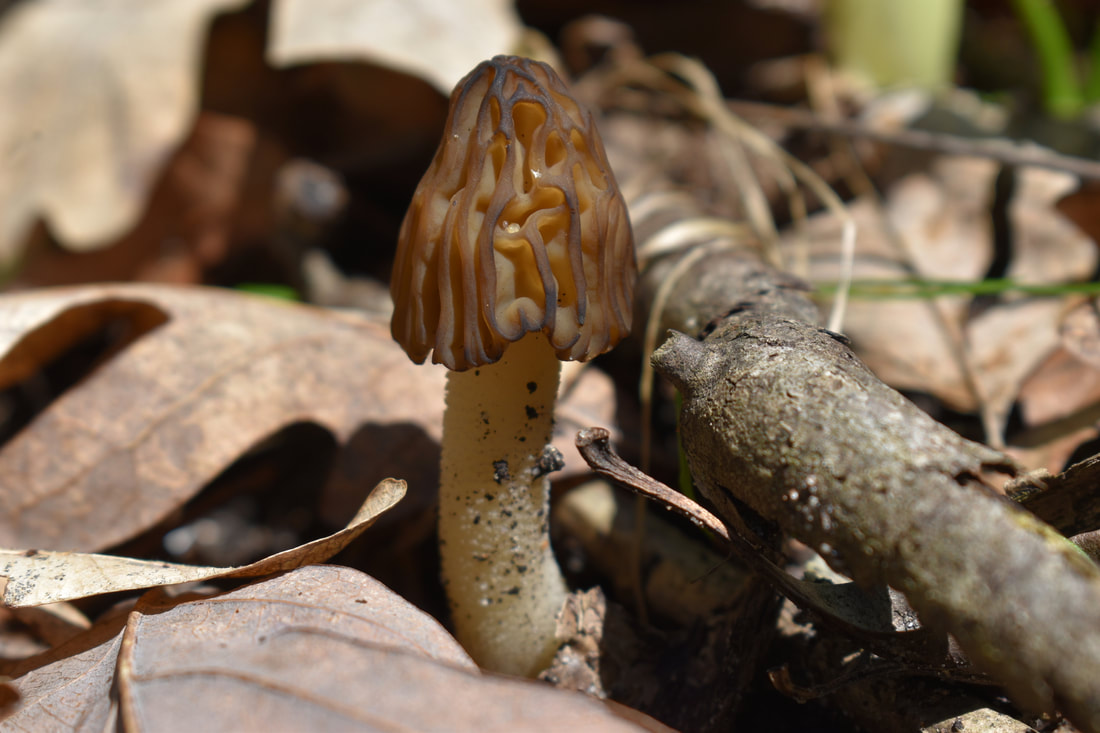
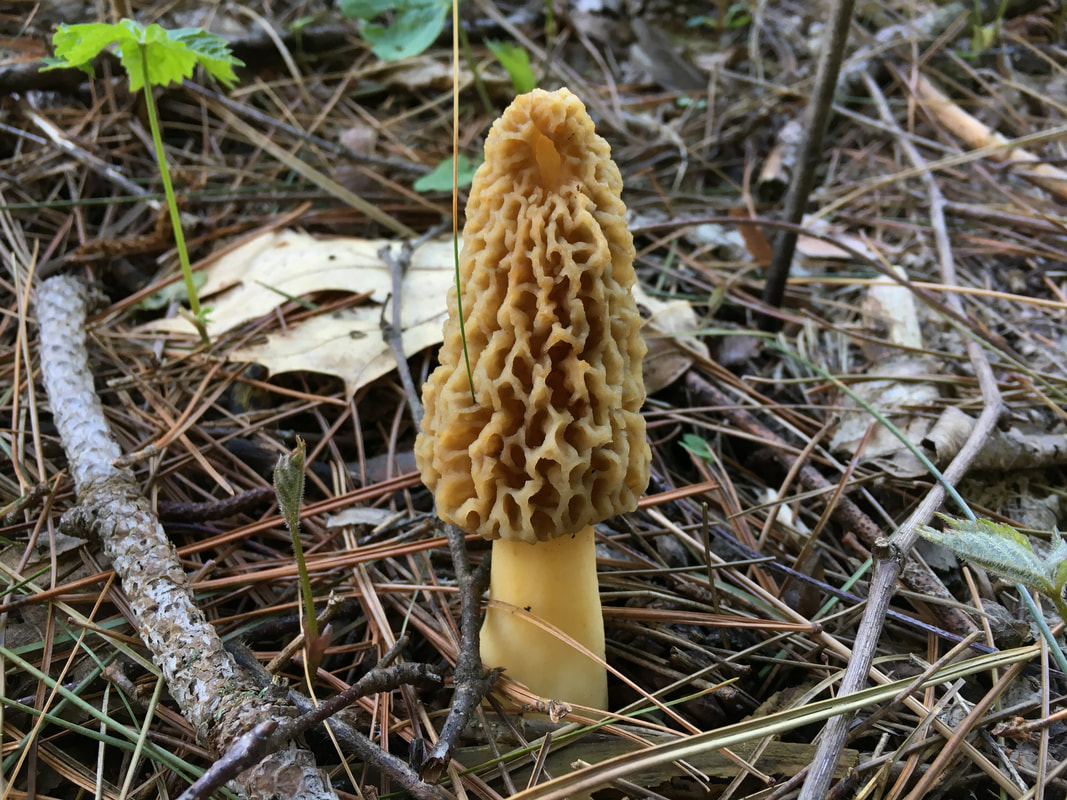
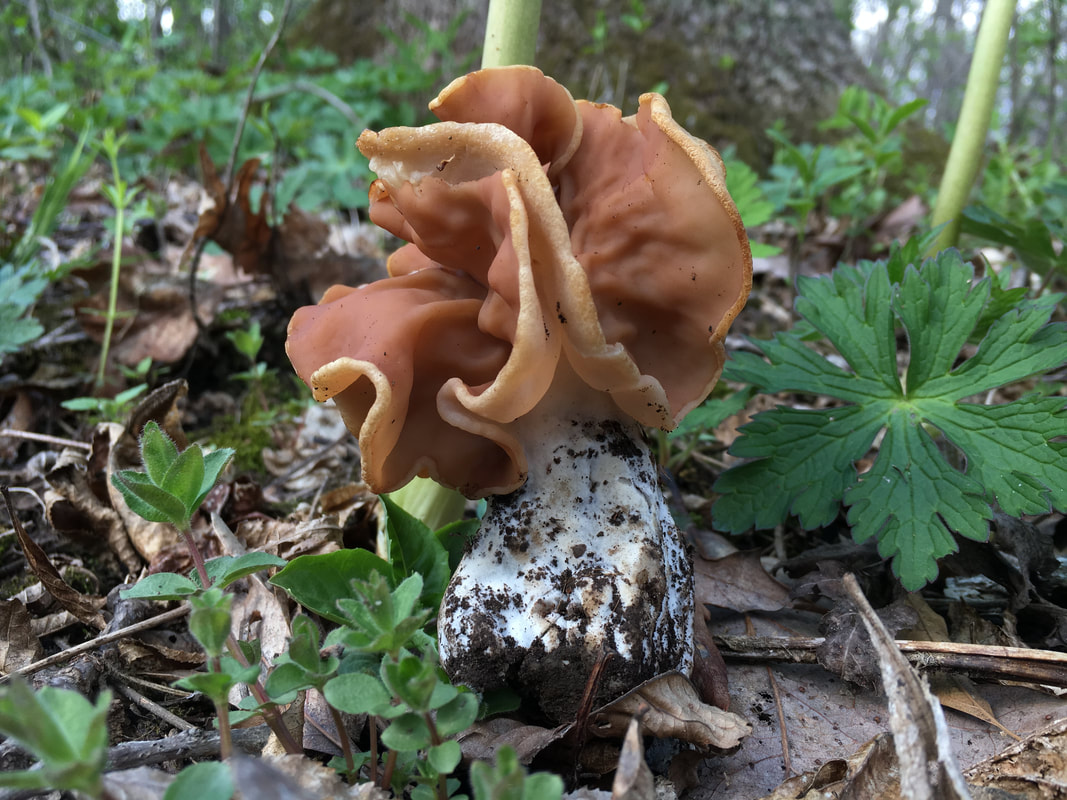
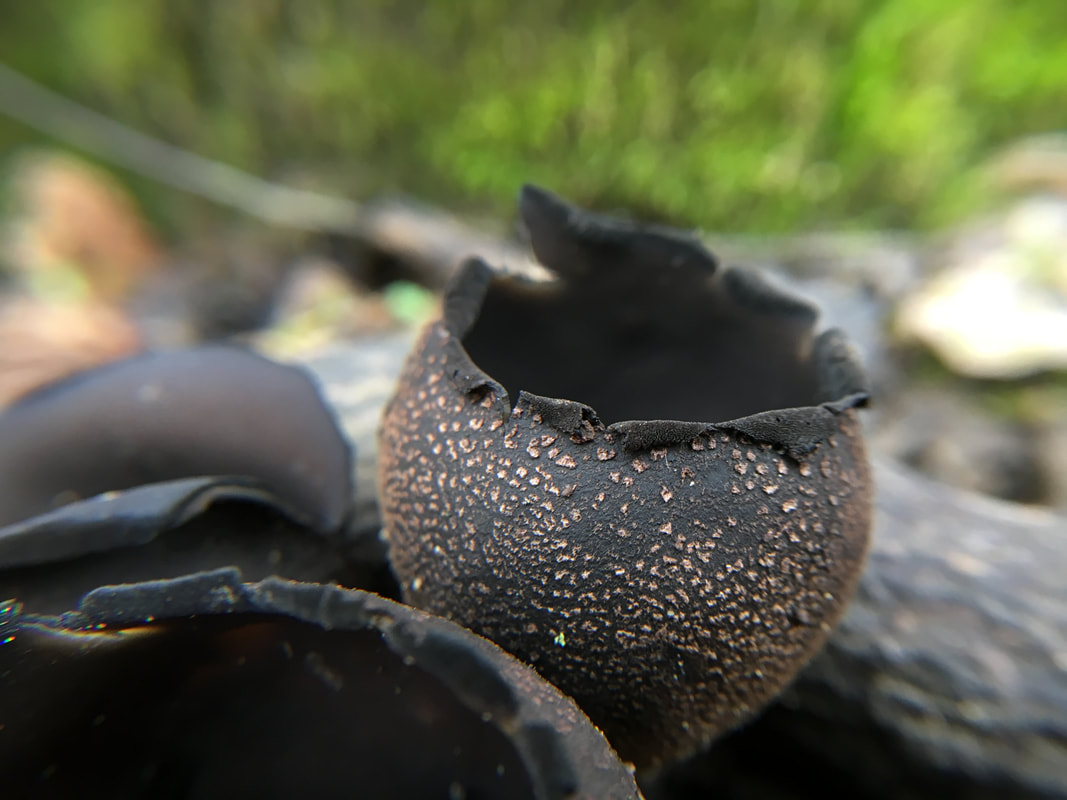
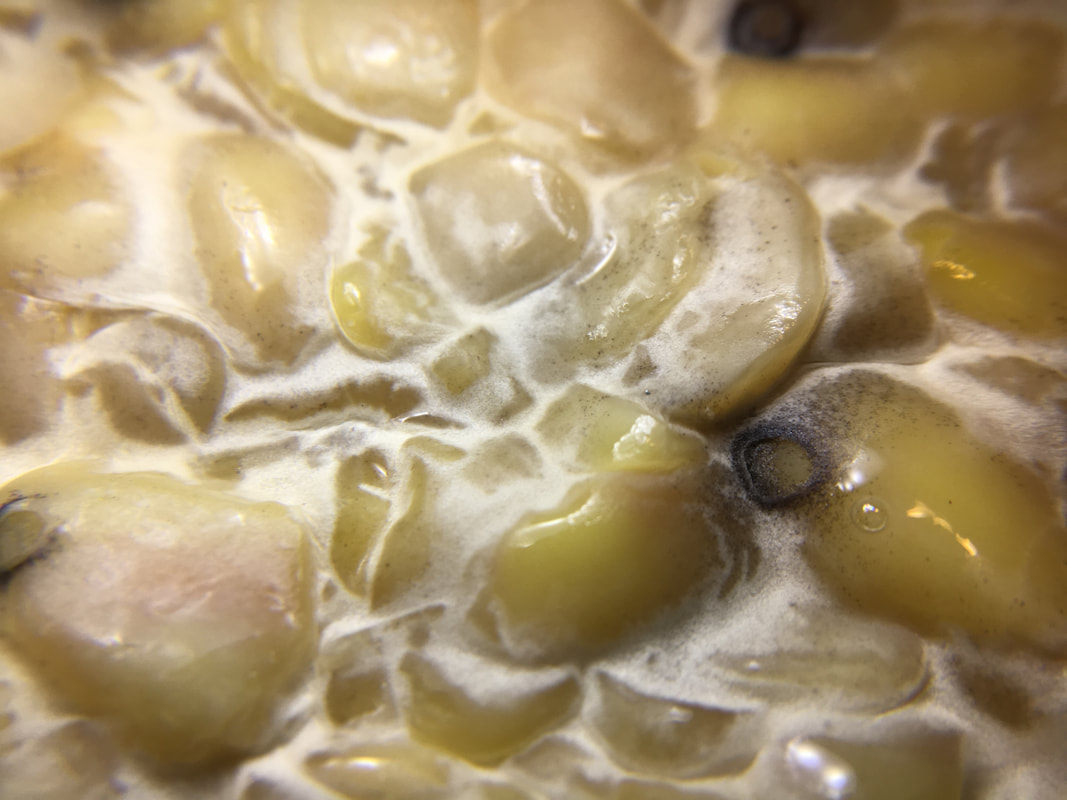
 RSS Feed
RSS Feed




